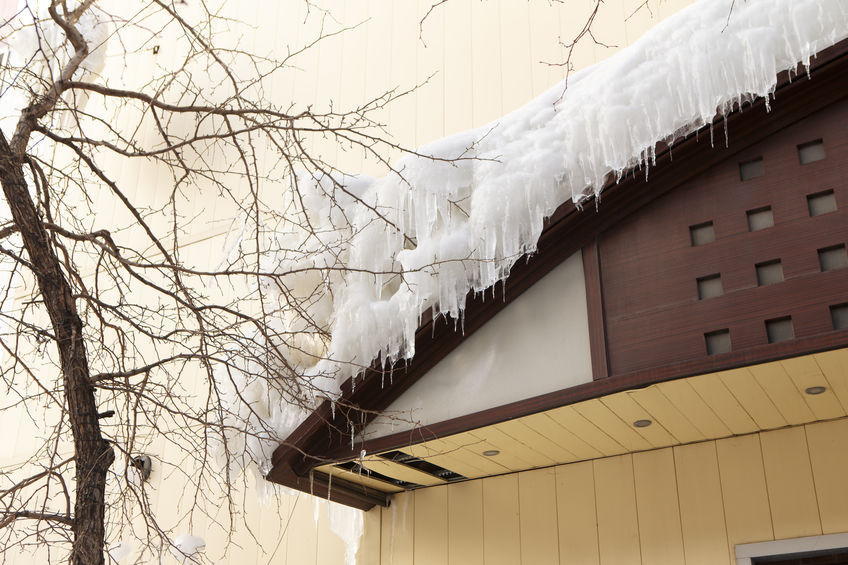Protecting Your Building Exterior from Winter Elements
Winter is here.

Whether or not the North Carolina Blizzard of 2018 is a harbinger of snow storms throughout the country, you can never prepare your building enough for the season ahead. It starts with fully inspecting the building exteriors, including the roof, walls, and door and window frames, and paying special attention to other parts of the building, including:
Fortifying the Roof
Winter weather can wreak havoc on roofs, making building exteriors and interiors vulnerable to damage from leaks. Snow or ice accumulation, even as it melts, disrupts normal drainage paths, and blocked gutters can redirect it to parts of the building ill-equipped for drainage.
 Blocked drains create further problems like concealing standing water which can cause a collapse if the water gets too deep. Adding slope to a roof can help drainage and prevent overload caused by the weight of snow and ice. Take precautionary measures by sealing the edges of high slope roofs to mitigate the risk of ice damming, and installing snow guards to prevent heavy snow layers from migrating to the gutters.
Blocked drains create further problems like concealing standing water which can cause a collapse if the water gets too deep. Adding slope to a roof can help drainage and prevent overload caused by the weight of snow and ice. Take precautionary measures by sealing the edges of high slope roofs to mitigate the risk of ice damming, and installing snow guards to prevent heavy snow layers from migrating to the gutters.
Keeping Lobby Entrances Clean

As the face of your building, it’s important to protect lobby entrances. The foot-traffic in lobbies creates wear and tear on its floors, especially when salt and sand used to treat pavement are tracked in. The answer is laying down safety mats and rugs with efficient spacing. Matting best practices advise 5 to 10 feet of coarse matting outside a building, 5 to 10 feet of matting directly inside the building and another 5 to 10 feet of matting directly behind it.
Protecting Your HVAC System
Your building’s HVAC system is pivotal to the comfort and safety of tenants and guests. In addition to maintaining temperature and air quality, an HVAC system serves as the first line of defense against inclement weather.
In an interview with Buildings, Kevin Miskewicz, Director of Commercial Product Planning at Mitsubishi Electric, notes that “Properly protecting your HVAC system from extreme weather conditions can improve its performance and lifespan. Investing in snow hoods, wind baffles and outdoor unit stands prevents snow and ice from getting inside the equipment and potentially causing damage.”
Thinking Through the Entire Process
Optimizing the conditions of roofs, lobby entrances, and HVAC systems are measures that will help protect exterior areas of buildings. More importantly, they will contribute to the safety of building occupants. To that end, here is a concluding safety tip:

Have a rock-solid snow removal plan. Leftover snow can freeze into ice, increasing the chances of slip-and-fall injuries. Snow drifts obstruct important signage and can conceal fire hydrants and handicap parking spaces.
